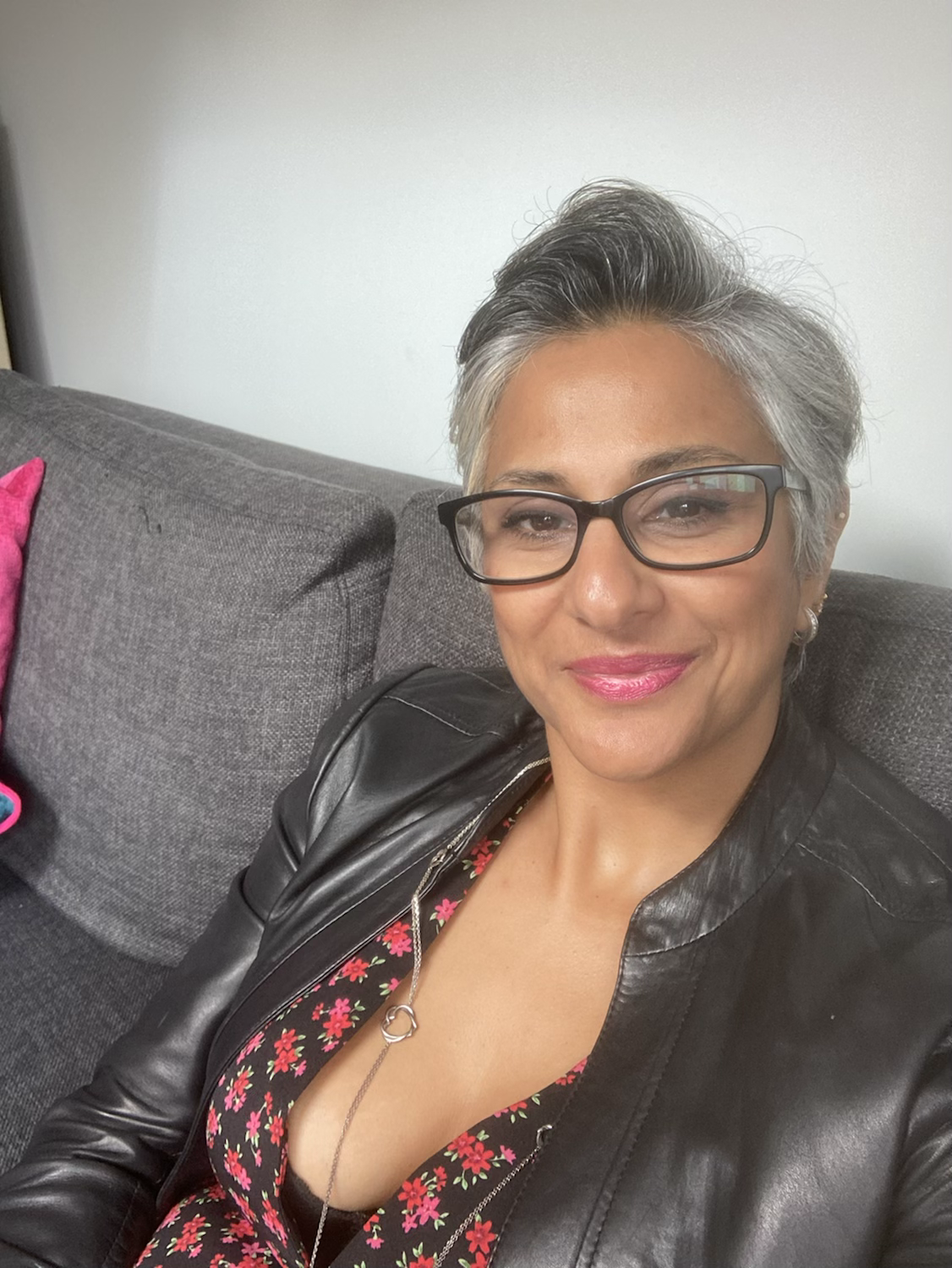Jackanory, tell us a story!
- Rehanababble

- Jun 21, 2019
- 4 min read
Updated: Dec 3, 2019
Are you sitting comfortably? Then I’ll begin...
I'll tell you a story About Jack a Nory And now my story’s begun. Tell me another About Jack and his brother And now my story is done.
(BookTrust.org)
Those of us born in the ‘70’s will remember this cultural reference from our youth – Jackonary – a show that ran for over 30 years bringing storytelling to life for children (Millet, 2017). I have many fond memories of listening to the stories told by celebrities of the time (Kenneth Williams, Bernard Cribbens). The oral tradition of storytelling goes back to the sharing of news, information and traditions via folktales, myths and legends. Traditional stories have been around for generations with each story teller changing and adapting the story to suit the time and needs of the audience (Society for storytelling, 2004).
Storytelling has been a central part of my personal journey of self-improvement. Some of the stories I tell myself are positive, happy and visualised, others were developed in my childhood (my older sister was the intelligent, studious child, I was the fat, funny one) and manifest as self-limiting beliefs (I’m not clever enough). Through meditation and contemplation, I’ve been able to identify whether these stories continue to serve me and have let go of those which don’t. My stories are VERY visual, rather like movies which play out in my mind (cue the auto reel image). My mentor/Guru and good friend taught me to meditate and to turn these movies into what I want through visualisation. I work with my narratives, listen to my internal dialogue, correct and co-create.
The stories we tell ourselves, whether self-limiting or social conditioning have a powerful impact upon who we are. Our narrative defines the way we interact with the world and those around us. It’s possible, through reflection, to identify whether these stories serve us or whether we need to ‘let go’ of them. In doing so, we allow new stories to fill their space. By observing our personal narrative and the stories we tell ourselves we can change and develop an identity we want and be the person we want to be. I’m not suggesting we fabricate a persona, but that our narrative becomes the ‘underlying architecture’ of who we are (Stodd, 2017).
It isn’t the stories from my childhood that I want to focus on however. I’ve started to come across storytelling in my work life whilst engaging in continuing professional development. The women-only leadership development programme, Aurora, run by Advance HE (a British professional institution promoting excellence in higher education through equality and diversity, learning and teaching, and leadership and governance) introduced me to the concept of the professional narrative. Just like a personal narrative, our professional stories help us to shape are identity at work and the career we seek. By writing a work narrative we can:
· recognise our own style and identity
· find our voice
· define our values and purpose
· be real and authentic (Stodd, 2017, and, Wilsher, 2018)
It isn’t just people that have and use narratives, organisations do too. Through Aurora and the Change Community at the OU I’ve started to explore Social Leadership; this is an authority given by the community to a person/people based on their reputation and social capital (Stodd, 2017). Social Leaders try to make sense of organisational stories, they pull them apart to find what the truth is and retell them, perhaps adding new stories on top. Social Leaders share the stories more widely and help create new ones. Organisational narrative can be found in both formal and informal structures. Formal stories in organisations exist in newsletters, meetings, the intranet and other mechanisms ‘owned’ by the hierarchy. Informal stories are more fluid. Both are used to share information, news and ideas.
The OU has many formal stories from our mission statement of being ‘Open to people, places and ideas’, the ‘Insidetrack’ newsletter, the large number of emails circulated to keep up-to-date and of course our OU Intranet OU Life. Informally there is a large OU community that hangs out on Twitter, some use the hashtag #OUfamily and when the OU faced a few problems under the last Vice Chancellor, #savetheOU was trending and the University was declared a ‘National Treasure’ in Parliament. Now that’s a narrative!
Stories help us to be authentic, they enable us to secure our identity in the present and co-create our future. The stories we tell can be adapted to include other stories, rather like the folktales, myths and legends we know and love. I aspire to be a Social Leader who knows their own story and who can shape the narrative of their organisation – or at least, this is the story I’m co-creating.
What’s your story…?
Reference list
https://www.lfhe.ac.uk/en/general/advance-he.cfm [last accessed 17/06/19]
Millett., L., 2017, Are you sitting comfortably? Then here's the Jackanory Story, BookTrust
https://www.booktrust.org.uk/news-and-features/features/2017/january/the-jackanory-story/ [last accessed 17/06/19]
2004, ‘Telling Tales, A beginners guide to telling stories’, Society for storytelling, Morgan Library, Aston [last accessed 18/06/19]
Stodd., J., 2017, ‘Social leadership: my first 100 days’, Sea Salt publishing, Bournemouth
Wilsher., A., (2018) Identity, Impact and Voice, Aurora Leadership development programme, AdvanceHe https://www.advance-he.ac.uk/person/amanda-wilsher [last accessed 17/06/19]
Image courtesy of BookTrust.org
.jpg)


Comments